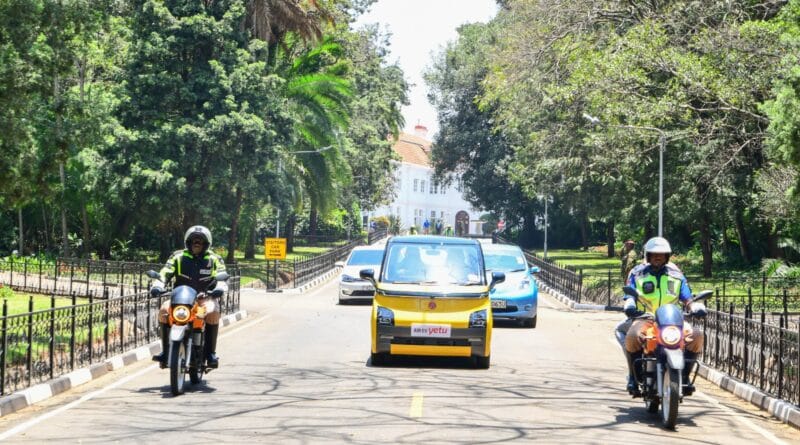This post is for paying subscribers only
Upgrade your account to read the post and get access to the full library of posts and ALLSPARK, our knowledge bank covering 200 startups.
Sign up now Already have an account? Sign inOften, in the haste to go electric, we force-fit electric mobility to the ecosystem. However, it should be the other way around, and the ecosystem should dictate the suitability of electric mobility. Once we do things the right way, Africa emerges as an unexpected shining star for E2Ws

Upgrade your account to read the post and get access to the full library of posts and ALLSPARK, our knowledge bank covering 200 startups.
Sign up now Already have an account? Sign in